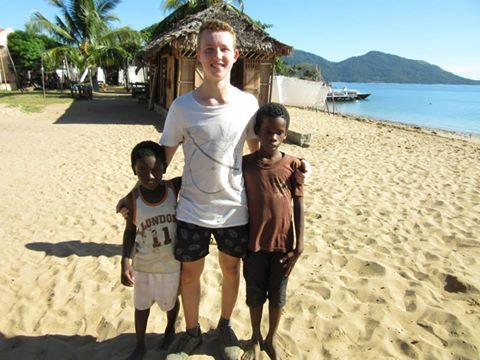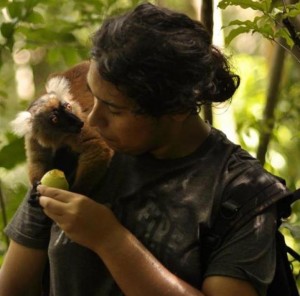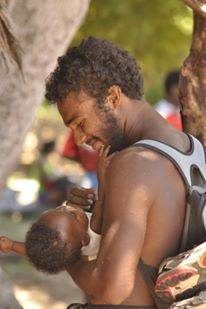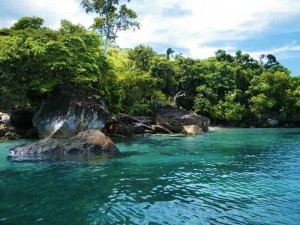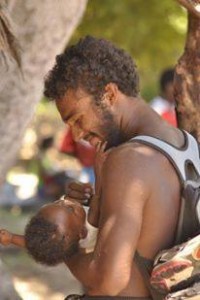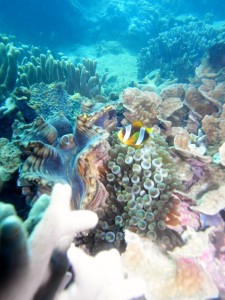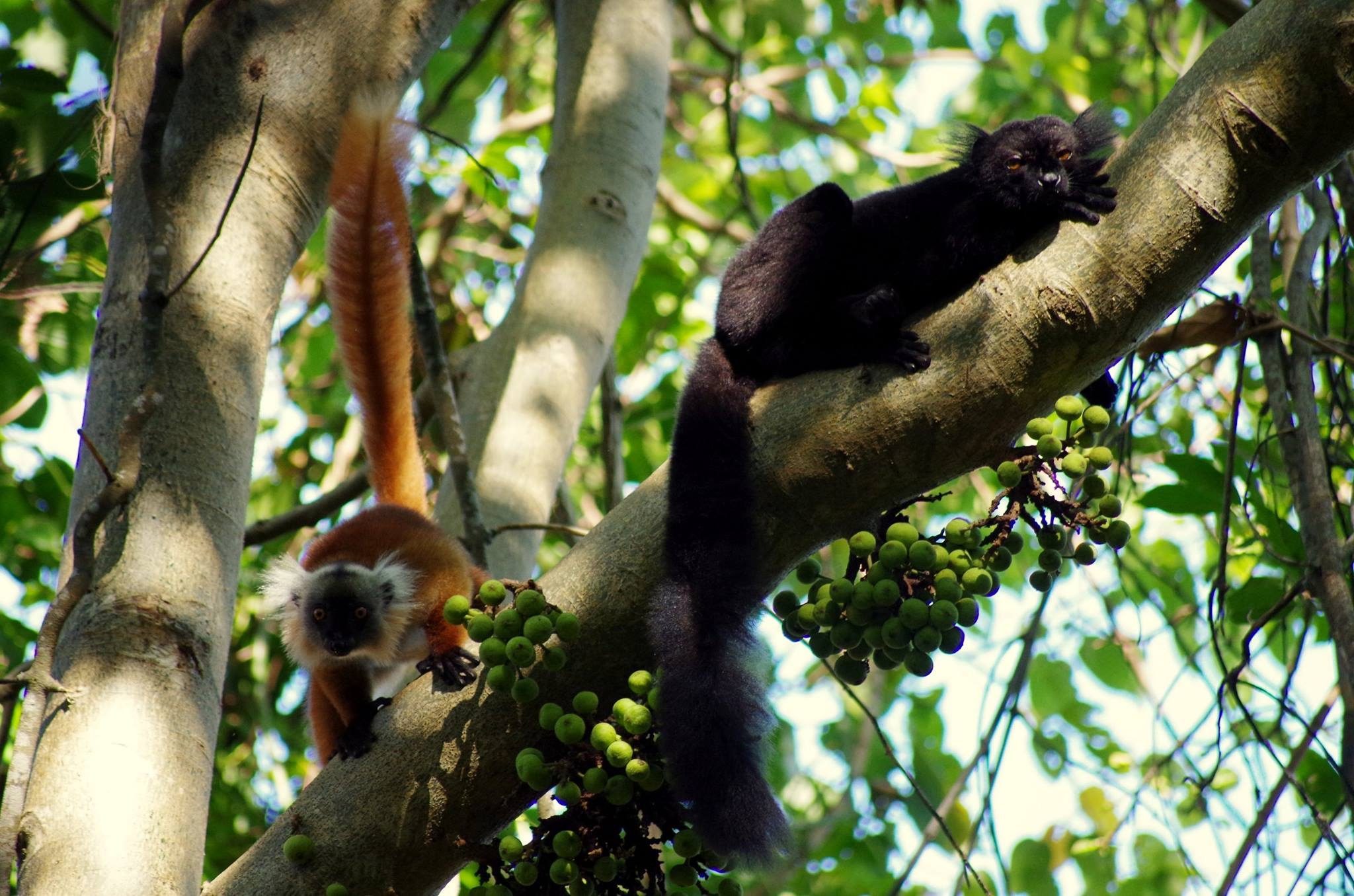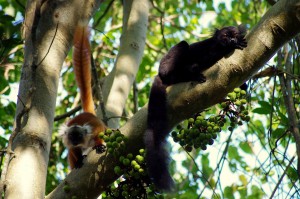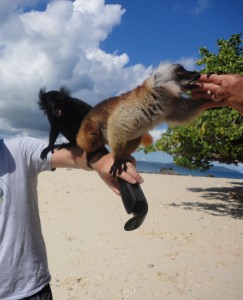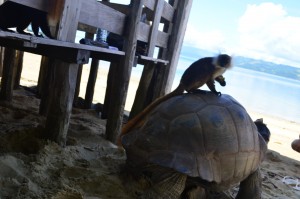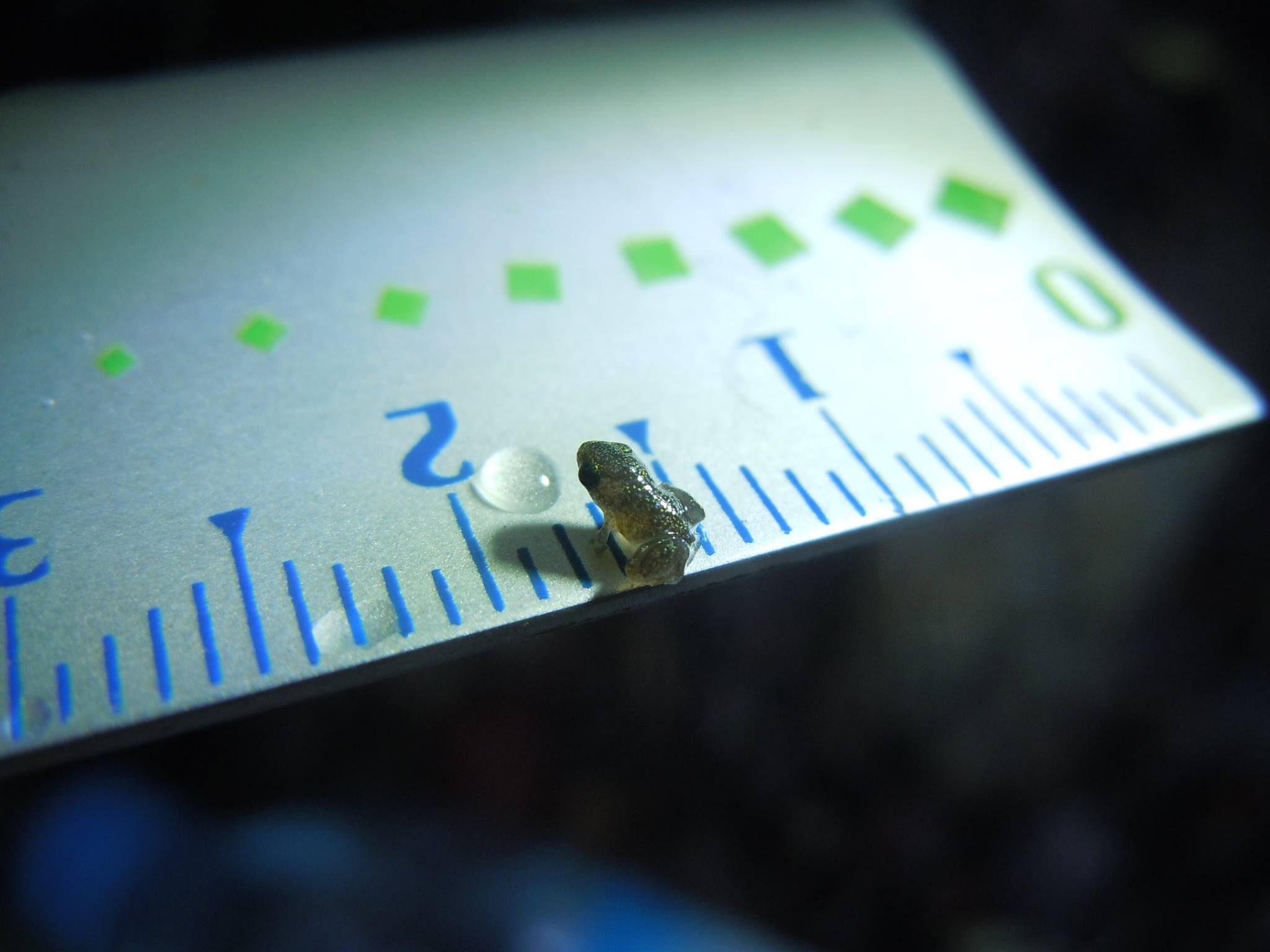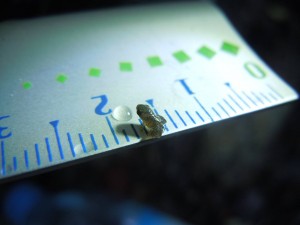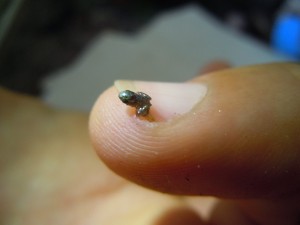Teaching English in Madagascar as a Volunteer
Teaching volunteer, Alex MacIntyre, has been in Madagascar teaching English in the neighbouring village of Ampangorina as part of his 16 week volunteer program.
“It is dangerous to hold lofty expectations. I reminded myself of this every time I felt tempted to believe the cliché that volunteering abroad would automatically guarantee me an ‘eye opening’ and transformative experience. So it was with an open mind that I stepped onto the plane in Melbourne airport, bound for the tropical island of Madagascar – known to most only
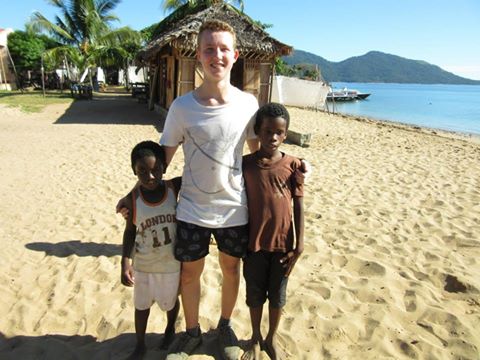 through the series of movies that share its name.
through the series of movies that share its name.
The real Madagascar has proven to be a trifle different from the theatrical depiction. Stepping off the boat onto Turtle Cove, it took me several breaths to absorb the scene of white sand, shimmering blue water and lush green jungle that was to become my home for the next four-months.
This image, however, exists in juxtaposition to the dire poverty felt by the majority of the Malagasy people. Teachers at MRCI strive to tackle this situation. Everyday we take the dubious but stunning journey to our friendly neighbouring village, Ampangorina. We teach hoards of energetic children and handfuls keen adults, in the faint hope that it will improve their likelihood of future employment, or simply feed their hunger to learn. At times it is tiring and tedious but we are unified by a shared vision and tacit acceptance that struggle is necessary to achieve it. Fulfilment comes in increments. It comes from enthusiasm detectable on the faces of students. From being received by the community with warm appreciation, not as a foreigner, but as a brother and a friend. This is true fulfilment. This is the hidden gem that we search for in our travels. This is what I found in Madagascar.
The wisdom and perspective I have gained during my time in Madagascar will remain with me always. As will the friendships I have forged. So, for all those considering volunteering with MRCI in the future, my advice is simple. Do it. Time on this strange and wonderful speck of paradise is time well spent.”
Take Alex’s advice and ensure your gap year abroad is an eye-opening, transformative experience too. Contact us to book your trip today.



